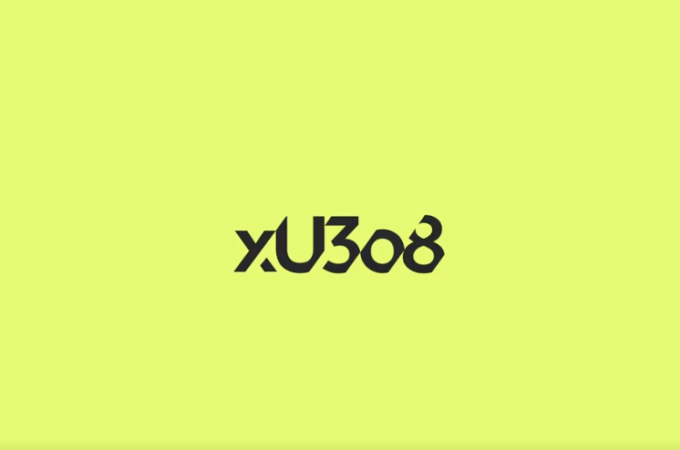Threat of Blockchain Prompts New Strategy for Germany’s SAP
By Olga Kharif for Bloomberg
Nearly 400 miles from its German headquarters, in the computer-science hotbed of Potsdam, SAP SE’s engineers are trying to head off the latest challenge to its software empire: the blockchain.
The World Economic Forum has identified blockchain technology, which underpins the virtual currency bitcoin, as one of six computing “mega-trends” shaping society in the coming decade. In a paper issued last year, the WEF estimated 10 percent of global GDP could be stored in blockchains by 2027.
Companies including Deloitte LLP, JPMorgan Chase & Co. and Toyota Motor Corp. are looking into using, or experimenting with the de-centralized blockchain system, which threatens to supplant some enterprise planning software created by market-leader SAP and others.
“The potential for disruption is huge,” said Juergen Mueller, SAP’s chief innovation officer, who joined the Walldorf-based company three years ago. “If we would not move, this would be a huge threat.”
About 50,000 businesses run SAP’s financial and operations planning software, so ingrained that companies design manufacturing, delivery and accounting processes around it. The software’s organizing principle is a central ledger of transactions, and SAP’s 44 years’ experience processing that data means customers in banking, auto making, agriculture and energy are willing to pay millions of dollars to keep it running.
SAP is writing specialized software for customers in banking, farming, energy, health care and media so they can connect blockchains to its Hana Cloud Platform, which provides a database and applications as online services so customers can add new functions to their SAP systems. It’s working with a variety of blockchain technologies, including the system that supports bitcoin, and with Ethereum, an alternative blockchain technology.
In one example, SAP is using blockchain software to let patients share electronic medical records with doctors or drug makers for a specific time period, during medical care or a study. It’s designing a system for farmers’ weather insurance that would pull rainfall data from sensors in the field, then automatically inform insurers if there’s a drought that would trigger a payout.
In banking, SAP, Canadian bank ATB Financial and fintech startup Ripple Labstransferred 1,000 Canadian dollars ($760) to a German bank in 20 seconds instead of the usual several days. Such fast cross-border money transfers have emerged as one of the key applications for the blockchain in banking.
What Is Blockchain?
Blockchains, which can be used under open-source agreements or licensed from an independent vendor, are de-centralized software ledgers that make transactions visible to multiple parties at once. They can help speed up business and improve security, but also obviate the need for big, centralized systems kept by each company separately. Banks, insurers, shippers and other types of companies can use them to set up so-called smart contracts that automatically respond to events, saving time and e-mail. The ledgers can also shore up security by preventing hackers from taking over individual computers to gain access to a network.
“For technology vendors like Microsoft, SAP and IBM, blockchain represents a big opportunity to help their enterprise customers implement the next generation of database technology,” said Gil Luria, a stock analyst at Wedbush Securities Inc. “Jumping in now is by no means late.”
SAP isn’t the only tech heavyweight developing on blockchain. Microsoft Corp. has teamed up with the banking consortium R3 to test money transfers and other financial capabilities using the technology. IBM is working on the Hyperledger project to create blockchain standards across industries such as finance, manufacturing and IT. Oracle Corp. declined to comment on its blockchain plans and support. A recent article in its customer magazine, Profit, discussed the technology’s advantages in several industries.
Established IT suppliers often manage emerging technologies by recognizing their customers want to use them, then make it easier and safer to do so from within their tools. That’s what Microsoft has done with Linux, and what Oracle did several years ago with the open-source database Hadoop.
“This is similar to the connected car initiative,” said Josh Greenbaum, a software industry analyst at Enterprise Applications Consulting. “SAP won’t build the car or the internal electronics, but it will enable the interconnections” between autos, drivers and services.
SAP’s Mueller estimates it’s at least two to five years before businesses make widespread use of blockchain. But he wants his teams to get a handle on the e-ledgers quickly. SAP’s innovation center network is responsible for developing new technology like blockchain applications, personalized medicine and machine learning in SAP’s tools, then delivering it to paying customers.
“If, as a large company, you just harvest existing customers and don’t look ahead, you’re on the wrong track,” Mueller said. “Just look at the Nokias or BlackBerrys of the world. If you don’t watch out, this new technology might hit you.”
First appeared at Bloomberg





